Netflix’s Cowboy Bebop Easter Eggs & Anime References
Table of Contents
Netflix’s Cowboy Bebop references the titular anime, while paying homage to iconic films such as Blade Runner. Here’s a breakdown of each Easter egg.
You Are Reading :Netflix’s Cowboy Bebop Easter Eggs & Anime References
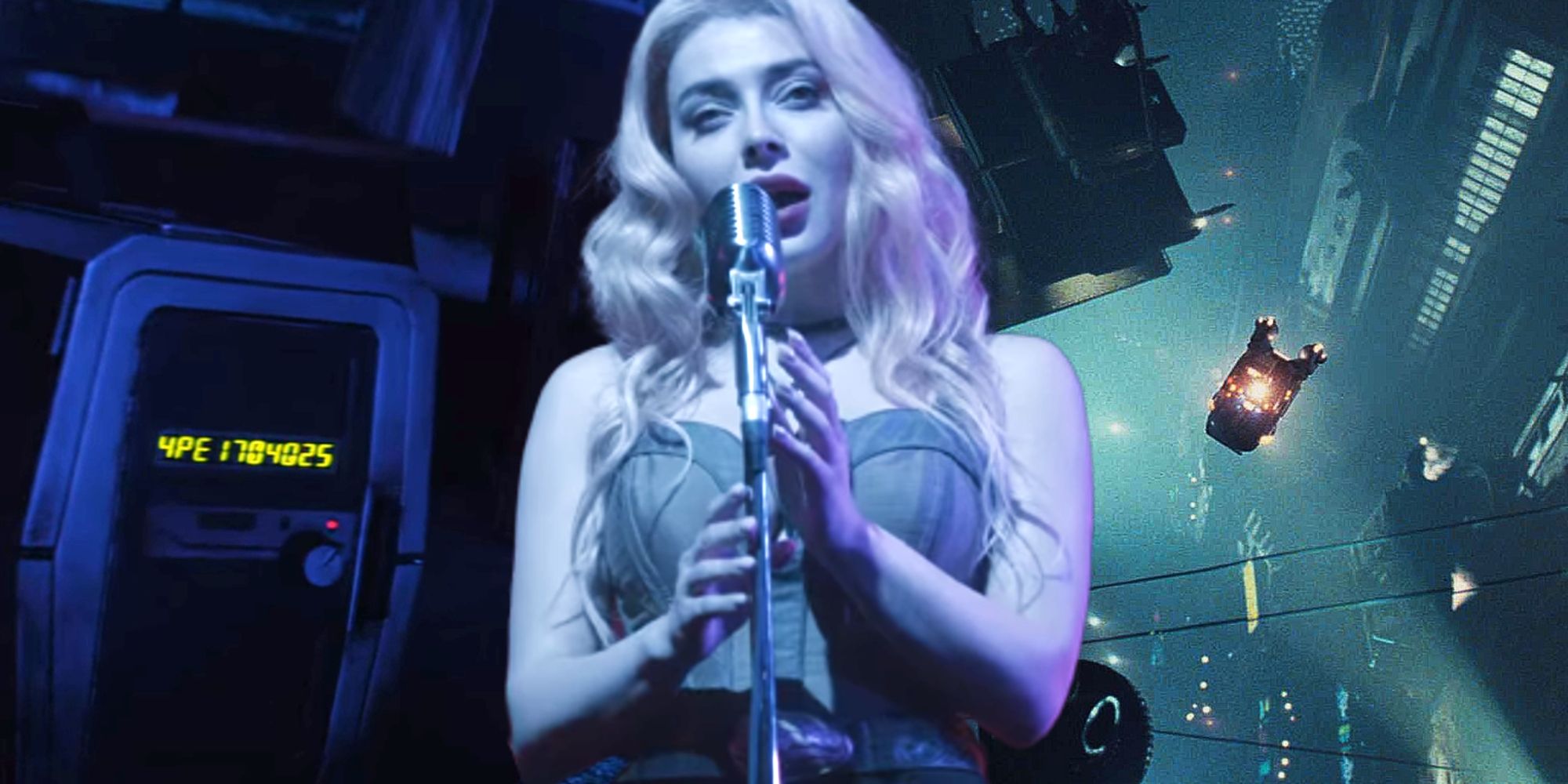
Warning! SPOILERS for Netflix’s Cowboy Bebop
Netflix’s Cowboy Bebop is an Easter egg galore, rife as it is with references to the genre-defining ‘90s anime and other sci-fi classics. Translating the unique, indescribable vibe of Cowboy Bebop to live-action is indeed a mammoth undertaking, given that the anime’s fanbase is bound to parse deeper into the live-action depictions of Cowboy Bebop’s iconic characters, intergalactic locations, and the series’ futuristic, yet old-school noir elements. Starring John Cho, Mustafa Shakir, and Daniella Pineda as the primary trio of Spike, Jet, and Faye respectively, Cowboy Bebop premiered on Netflix on November 19, 2021.
The live-action’s first episode, “Cowboy Gospel” is, of course, the introduction to the colorful world first introduced in the anime, setting the tone for the worldbuilding elements, while referencing episodes that are a part of the original show. The references to anime characters are rampant, especially when it comes to the bounties, ranging from Maria Murdoch to Udai Taxim. Apart from framing its episodes from the vantage point of the anime, the adaptation also adds fresh context to familiar characters and situations, expanding upon backstories and attempting to fill in the gaps that were left vague or unanswered.
Series showrunner André Nemec advised viewers to look everywhere for Easter eggs and references, right from “backgrounds, the corners” to “mugshots and the names.” Some of the references are pretty straightforward, such as the C’est la Vie pool hall repurposed as a bowling alley in Episode 8, “Sad Clown A-Go-Go” and a shot of Cherious Medical, the medical experiment facility Vincent Volaju escaped from. Here are some of the most prominent references and Easter eggs in the live-action Cowboy Bebop, along with a few blink-and-you-miss-it ones.
Watanabe Casino
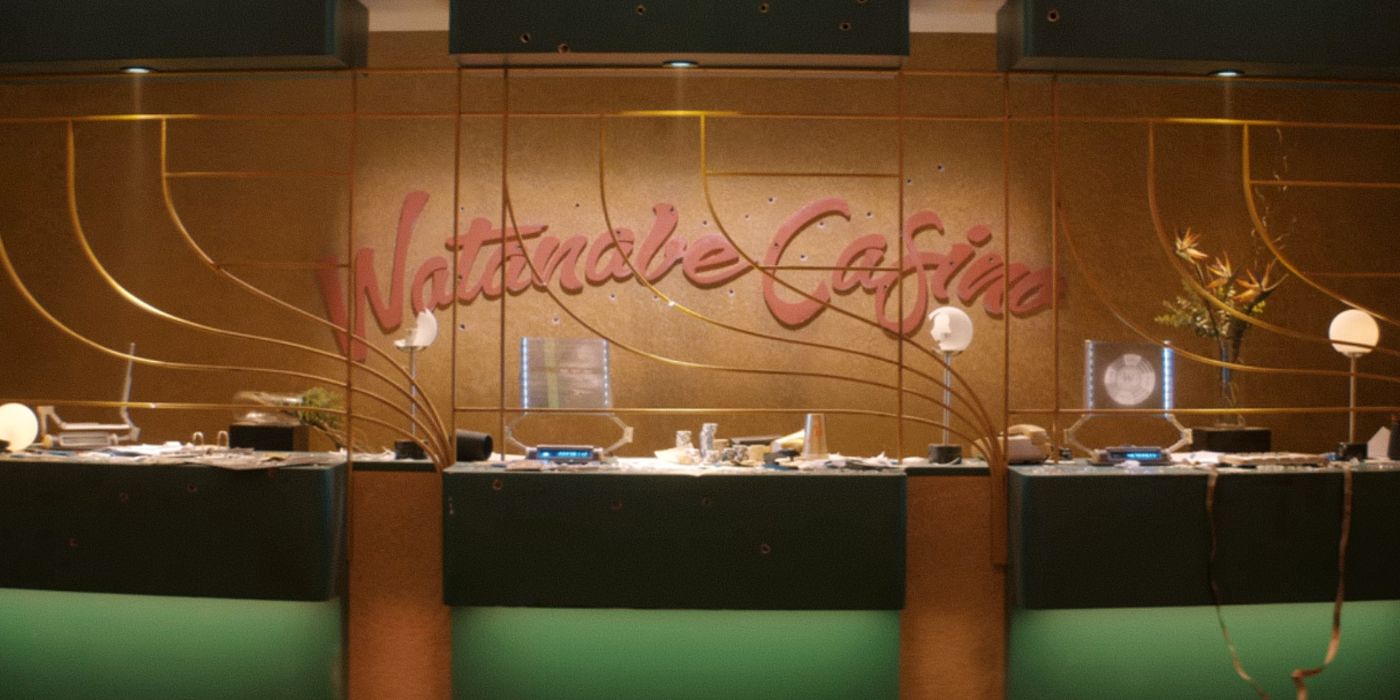
In Episode 1 of Cowboy Bebop, Tenji Tanaka and his gang infiltrate the Watanabe Casino in an attempt to steal the establishment’s money from its digital reserves. This, of course, is a nod to original series director, Shinichirō Watanabe, who acted as a consultant during the making of the series. Watanabe’s name can also be seen emblazoned on the gambling chips and other miscellaneous properties that belong to the casino.
Spike’s 50-Woolong Flip
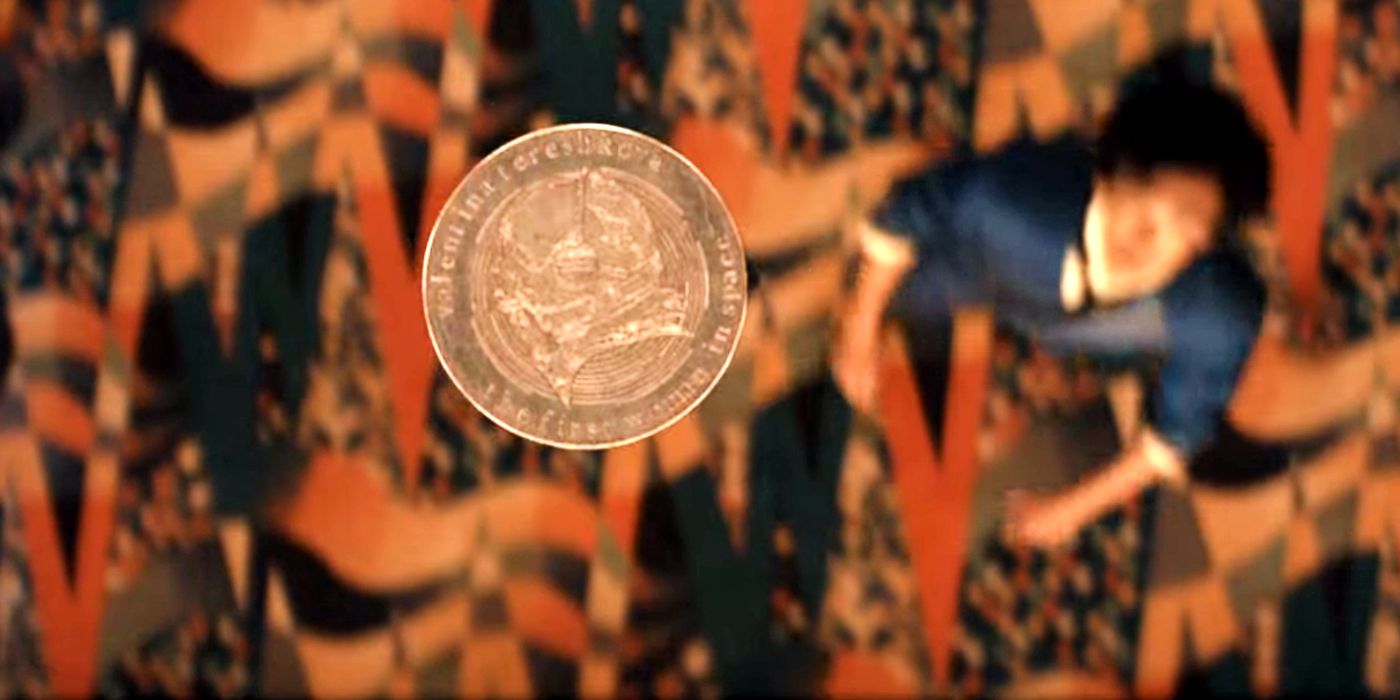
When Spike arrives to disrupt Tanaka’s operation at the casino, he casually saunters into the room, cool as a cucumber, in typical Spike Spiegel fashion. When asked what he thinks he is doing, Spike holds up a 50 woolong coin and says he is simply here to place a bet, proceeding to flip it into the air and kicking it to wound a gang member in the head. The flipside of the coin says, “Valentina Tereshkova, the first woman in space,” which is a cool Easter egg and an homage to the real-life cosmonaut.
References to Music Composer, Yoko Kanno
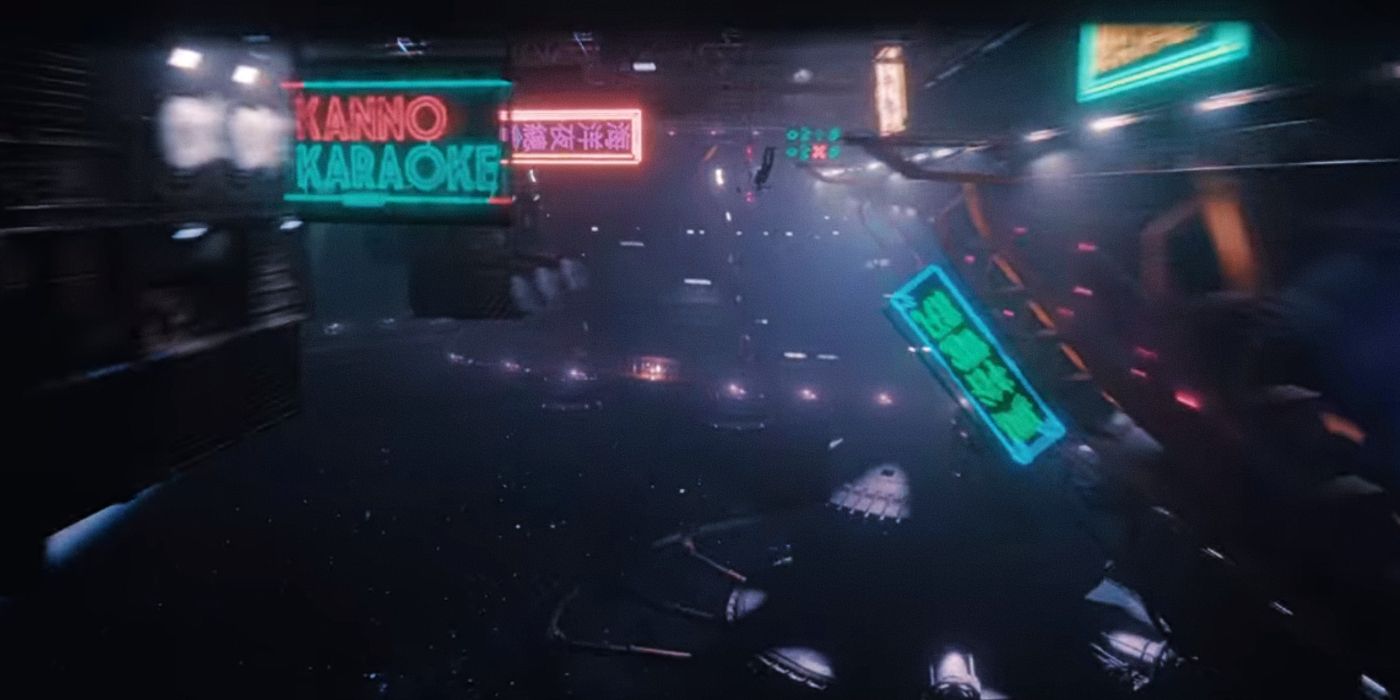
The creative team of Cowboy Bebop had an unstated understanding from the beginning that an adaptation of Cowboy Bebop would be incomplete without Yoko Kanno’s iconic score. Resultantly, Kanno’s work touches every aspect of the adaptation, wherein her scores warm up the mood and aesthetic of certain scenes and lend gravity to characters in a unique, mesmerizing way. When Spike meets Ana in the “Venus Pop” episode, a picture of Kanno can be seen in her nightclub’s office as an homage to the composer. Apart from this, when the disruptor blows a hole in Watanabe Casino, the shot that pans over the things floating in outer space offers a glimpse of an establishment named Kanno Karaoke. A bonus Easter egg is an RSP sign, which stands for Rising Sun Pictures, creators of the visual effects for the show.
Details About Spike’s Blue Suit
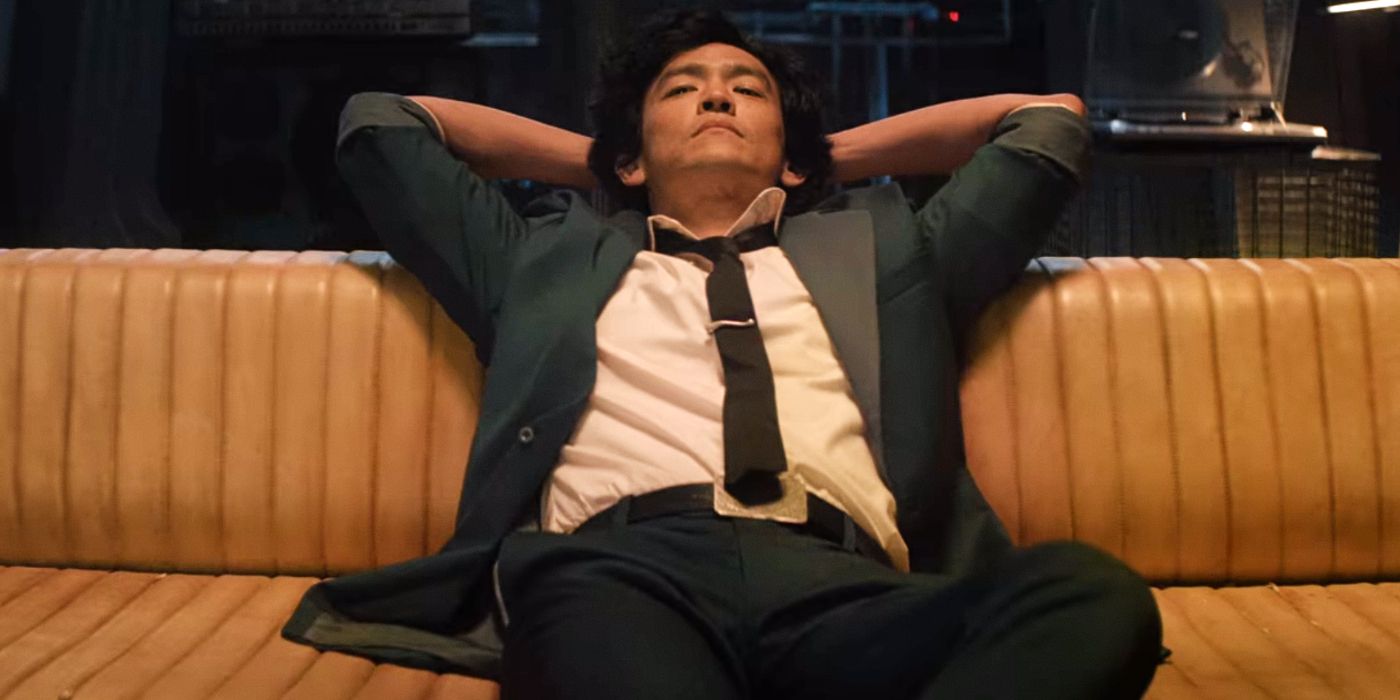
There are a couple of hidden details in Spike’s memorable blue suit, which is what he dons throughout the course of the show. The suit’s silver buttons sport the 水 sign, which is the Kanji symbol for water. This water symbolism is also mirrored in his trophy belt buckle, as it features a Japanese wave, a possible reference to Bruce Lee’s quote to empty one’s mind and flow freely like water. This fits in with Spike’s mindset and mannerisms, as he sports a chill, laid-back attitude, even during the most tense of situations. As a bonus, the inside of his suit jacket has faded prints of roses, a reference to Spike’s past with Julia in Cowboy Bebop.
Vicious’ Cormorant
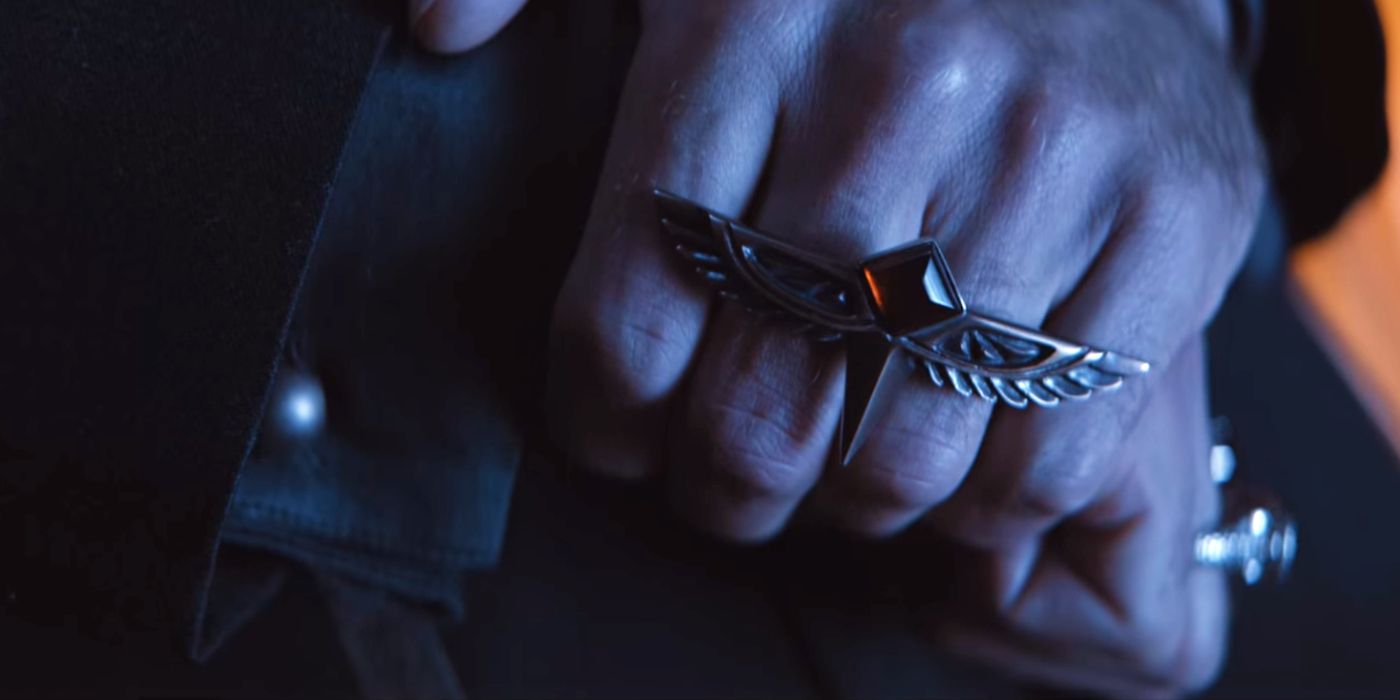
In the anime, Vicious is always accompanied by his pet cormorant, which is seen perched upon his shoulder most of the time. However, as real animals are rare in the world of Cowboy Bebop, evidenced by Faye’s reaction on seeing the Welsh Corgi Ein for the first time, the cormorant is understandably missing in physical form. However, cormorant imagery has been incorporated in Vicious’ costuming, ranging from his elaborate knuckle duster with metal wings spread, his belt buckle, and gun holster. The rarity of the existence of real animals also somewhat mirrors the circumstances in Blade Runner, wherein owning a real animal is equated with an elevated social status.
Pierrot Le Fou Quotes Roy Batty From Blade Runner
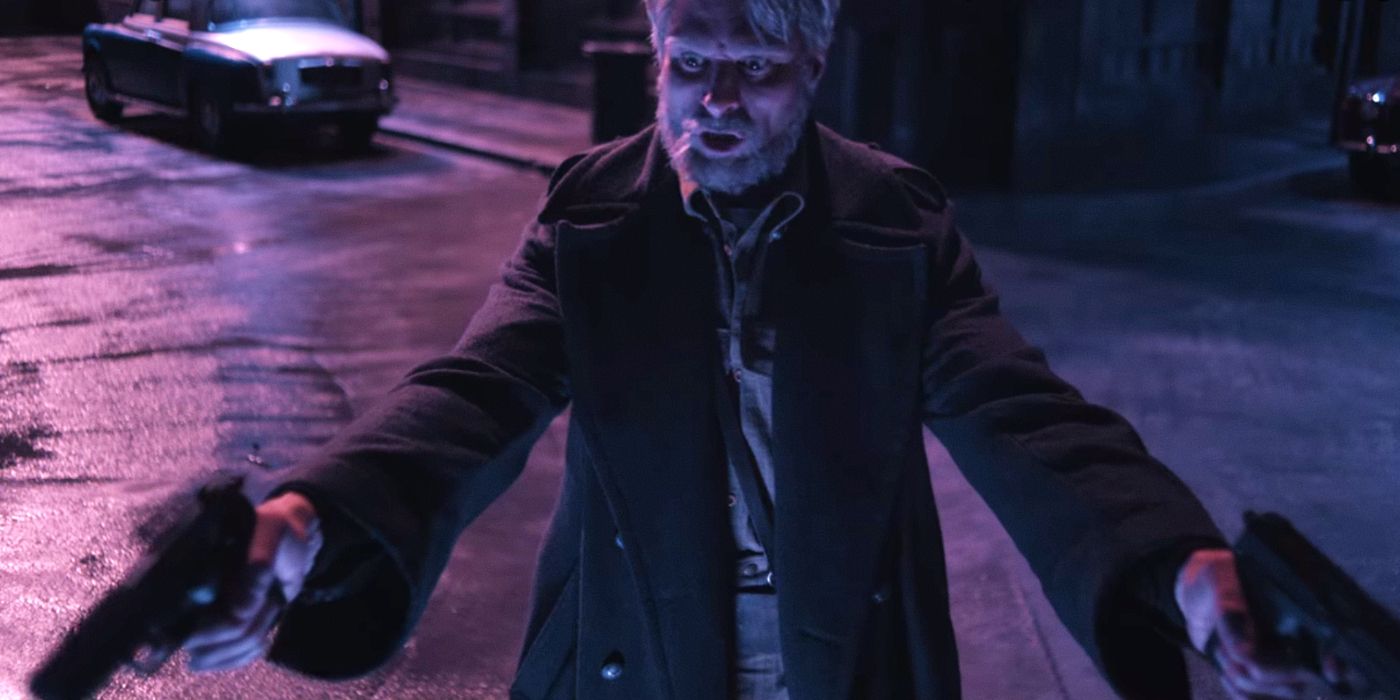
Episode 8, “Sad Clown A-Go-Go” has multiple references to the anime, starting from Cherious Medical to Earthland, the amusement park in which Mad Pierrot has a showdown with Spike, which was originally called Spaceland in the anime. When alone in the amusement part, Le Fou looks at an animatronic inside a box labeled Tongpu, which is another name we went by in the anime. In a mad flourish of a soliloquy in French, Le Fou quotes a version of Roy’s Batty’s iconic “tears in rain” line at the end of Blade Runner, furthering the parallels between Spike’s bounty hunter and Deckard’s blade runner: “I have seen so many things that you, the dead, would never believe. All these moments will be soon forgotten, like tears in the rain. It’s time to die.”
The Three Old Men
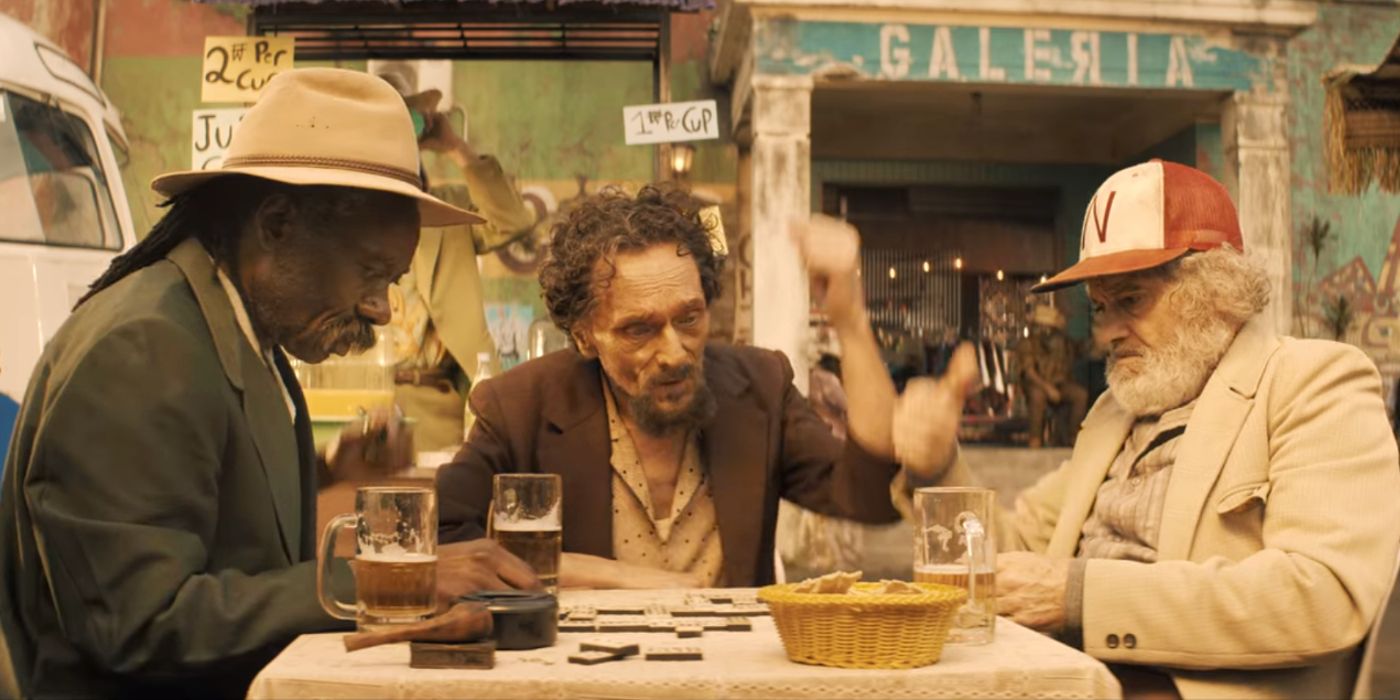
Antonio, Carlos, and Jobim are three old men often seen throughout the anime, popping up across the solar system, having repeated encounters with Spike and the Bebop crew. They can be seen in the opening episode on New Tijuana, where Spike asks around for a lead on Asimov Solensan, and one of the old men says that the fugitive was wounded. This leads Spike to Katerina Solensan, with whom he has a conversation before being interrupted by Faye.
References to Minor Anime Characters in Cowboy Bebop
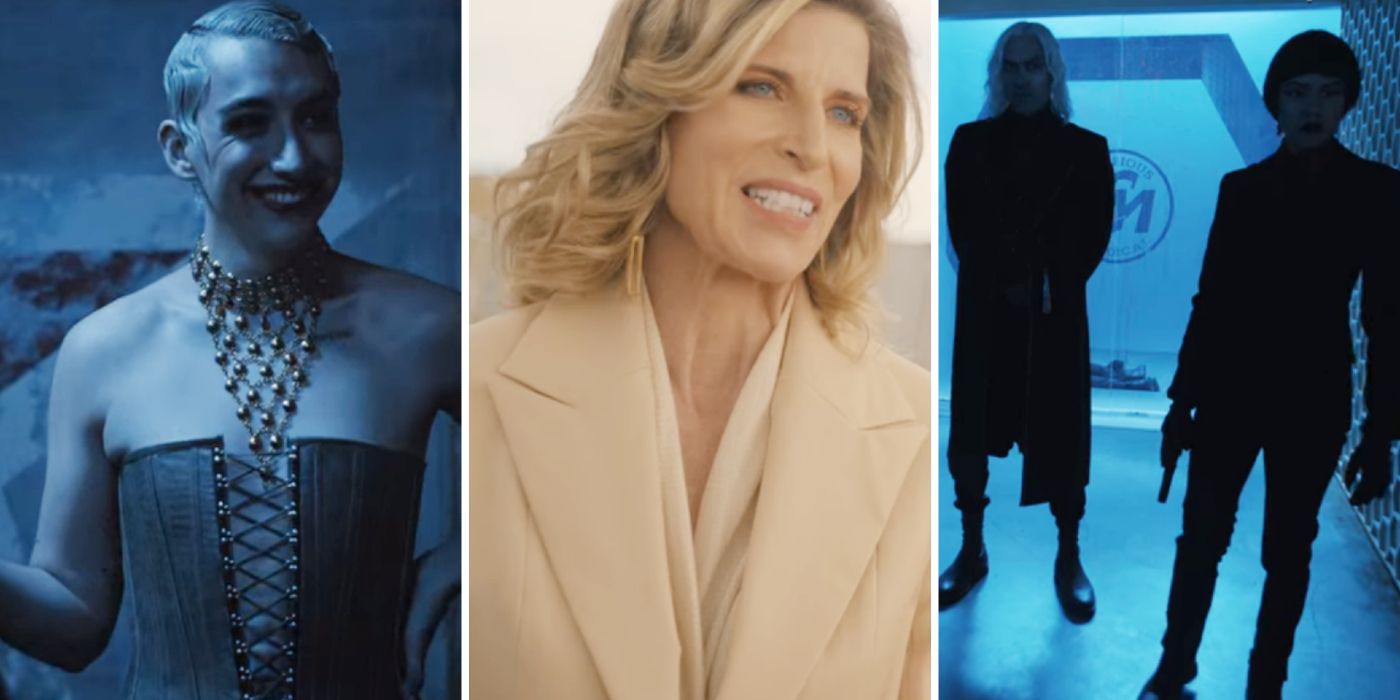
As Netflix’s Cowboy Bebop remake is an adaptation of most of the original’s central storylines, several characters make an appearance throughout the course of the show. First, there’s Gren, who in the anime was a veteran of the Titan War, but the show sets them up as Ana’s right hand in her nightclub, responsible for overseeing the establishment and training women for performances. Gren’s non-binary costuming was heavily influenced by the aesthetic of David Bowie, reflected in the straight-cut robes, neckties, and corsets they wear throughout the show. Apart from Gren, there’s Lin and Shin, the twins who accompany Vicious most of the time, although their role in the narrative has been reduced considerably, at least in season 1. Apart from this, Dr. Londes from the “Brain Scratch” episode is a central part of the plot in “Binary: Two-Step,” and Whitney Haggis Matsumoto is revealed to be the con woman who pretended to be Faye’s mother after she is defrosted from cryo-sleep.
In essence, Netflix’s Cowboy Bebop brims with Easter eggs and references to the original, most of which can be glimpsed in background shots, TV monitors, and even kennel combination numbers. For instance, a quick look at the screen showing the terror of the Teddy Bomber situates the events of the adaptation in 2171, a hundred years after the timeline of the Cowboy Bebop anime. The rose imagery is also a prominent one, incorporated in the elegant dresses worn by Julia, her tattoo, and the unforgettable shot of a singular rose being dropped on a puddle. Graffitis saying “Free Titan” can be seen, and there are homages to Tequila Mariachi and Jeet Kune Do, Bruce Lee’s famous fight style which Spike is seen practicing. Apart from this, the crew of Cowboy Bebop can be seen getting tips about bounties from Radical Ed, who makes an appearance in the episode at the very end of the series, “Supernova Symphony.”
Link Source : https://screenrant.com/cowboy-bebop-show-easter-eggs-anime-references-netflix/
